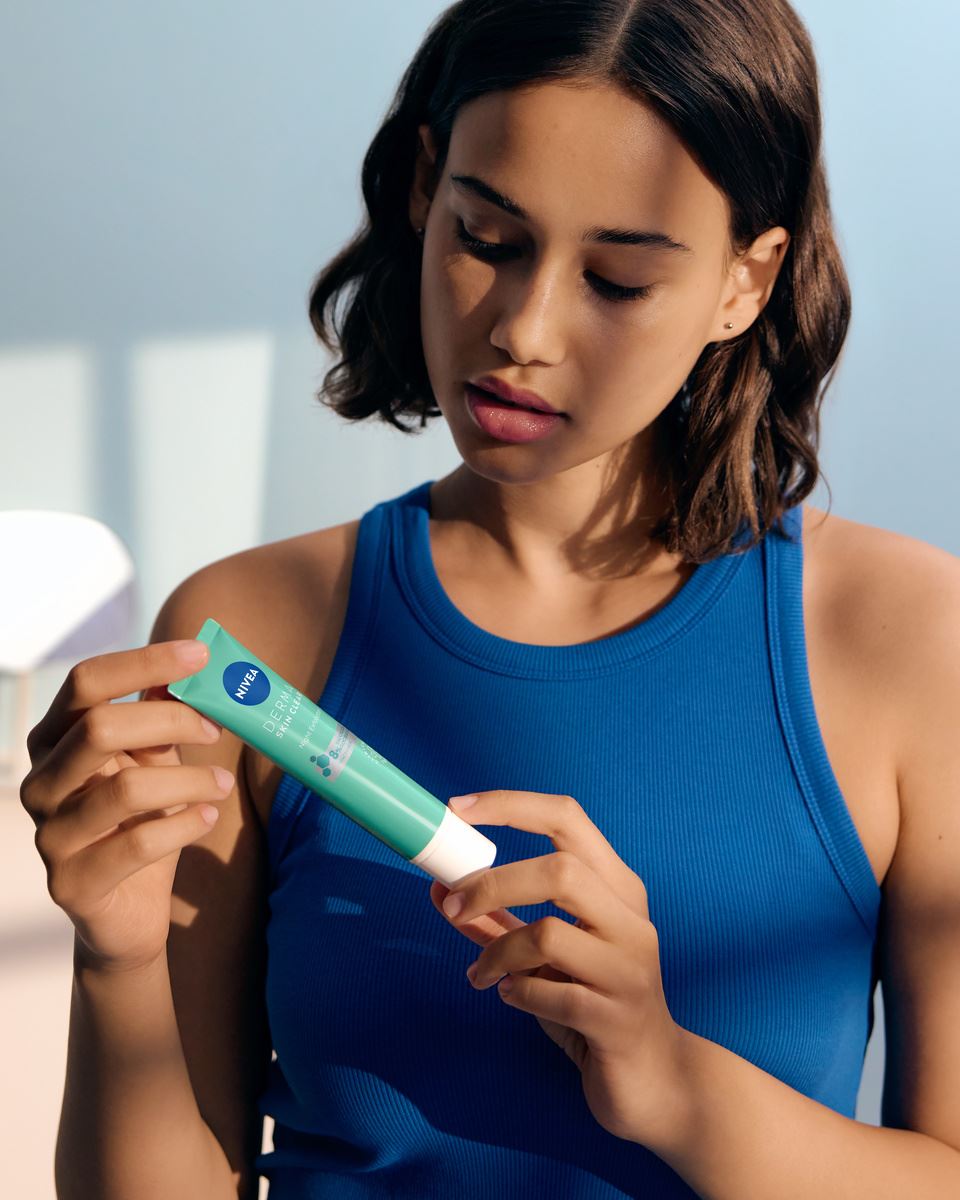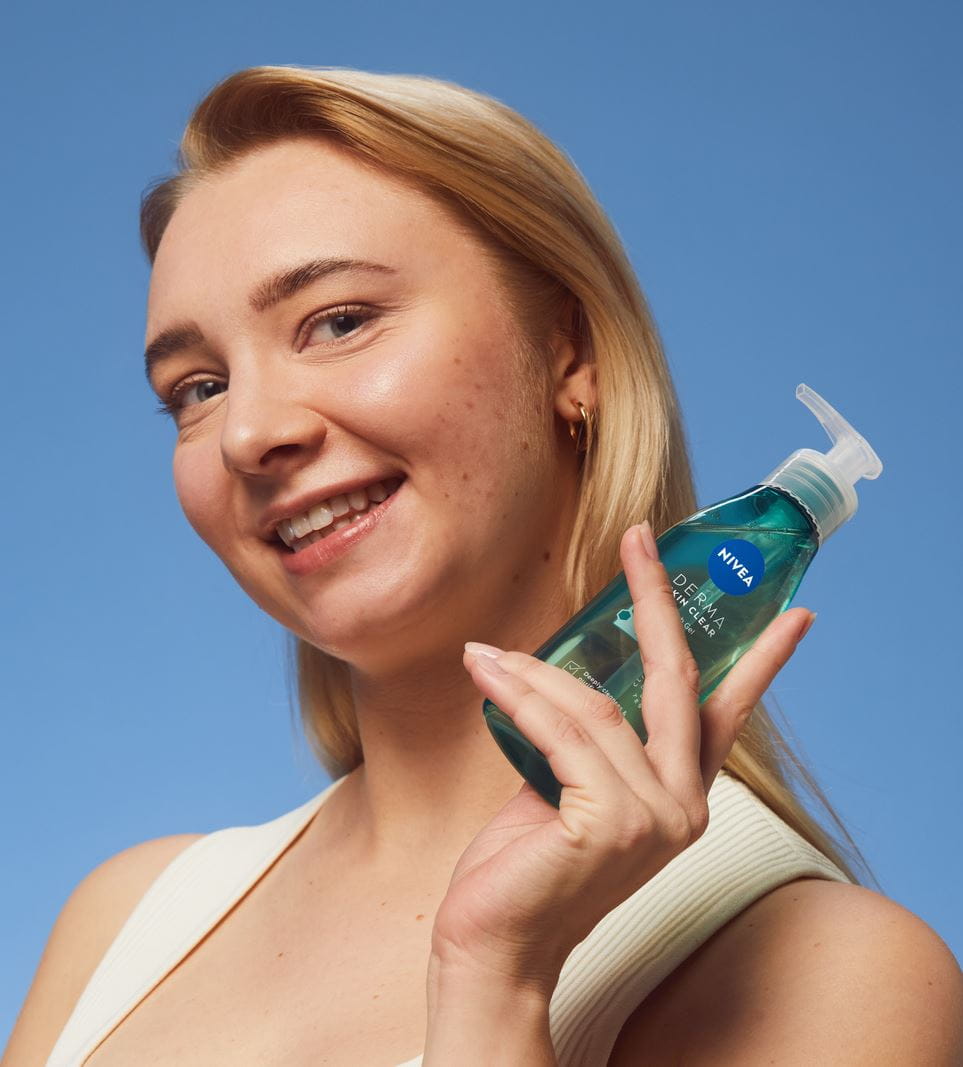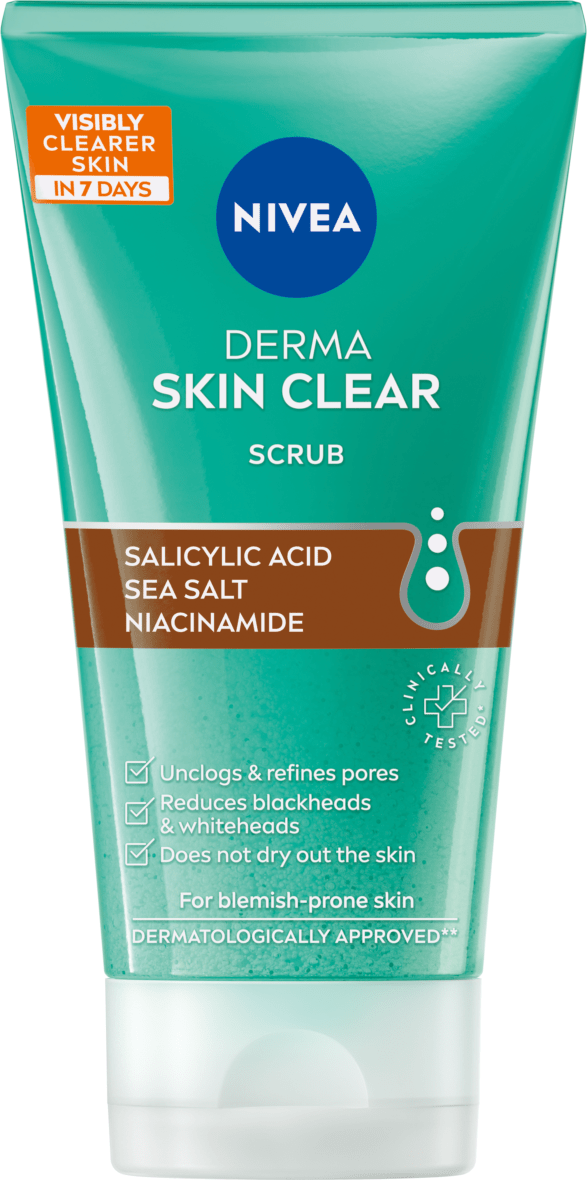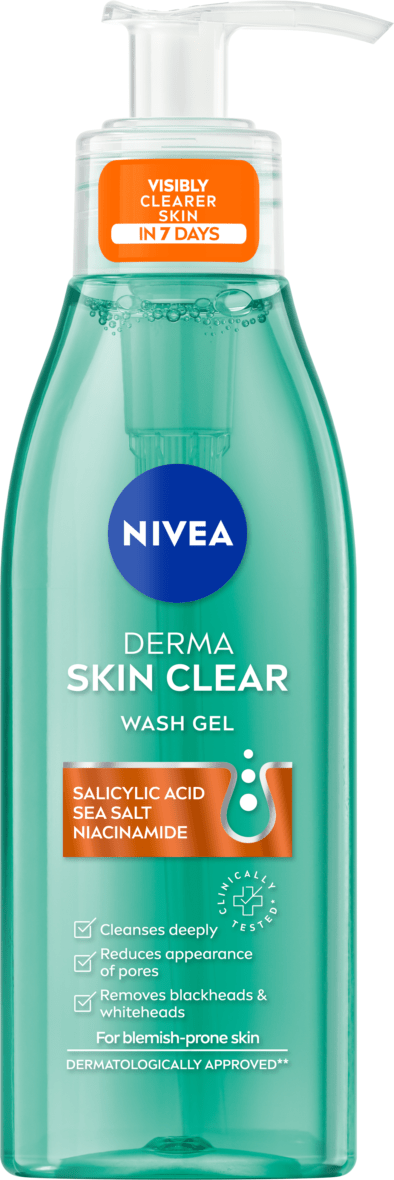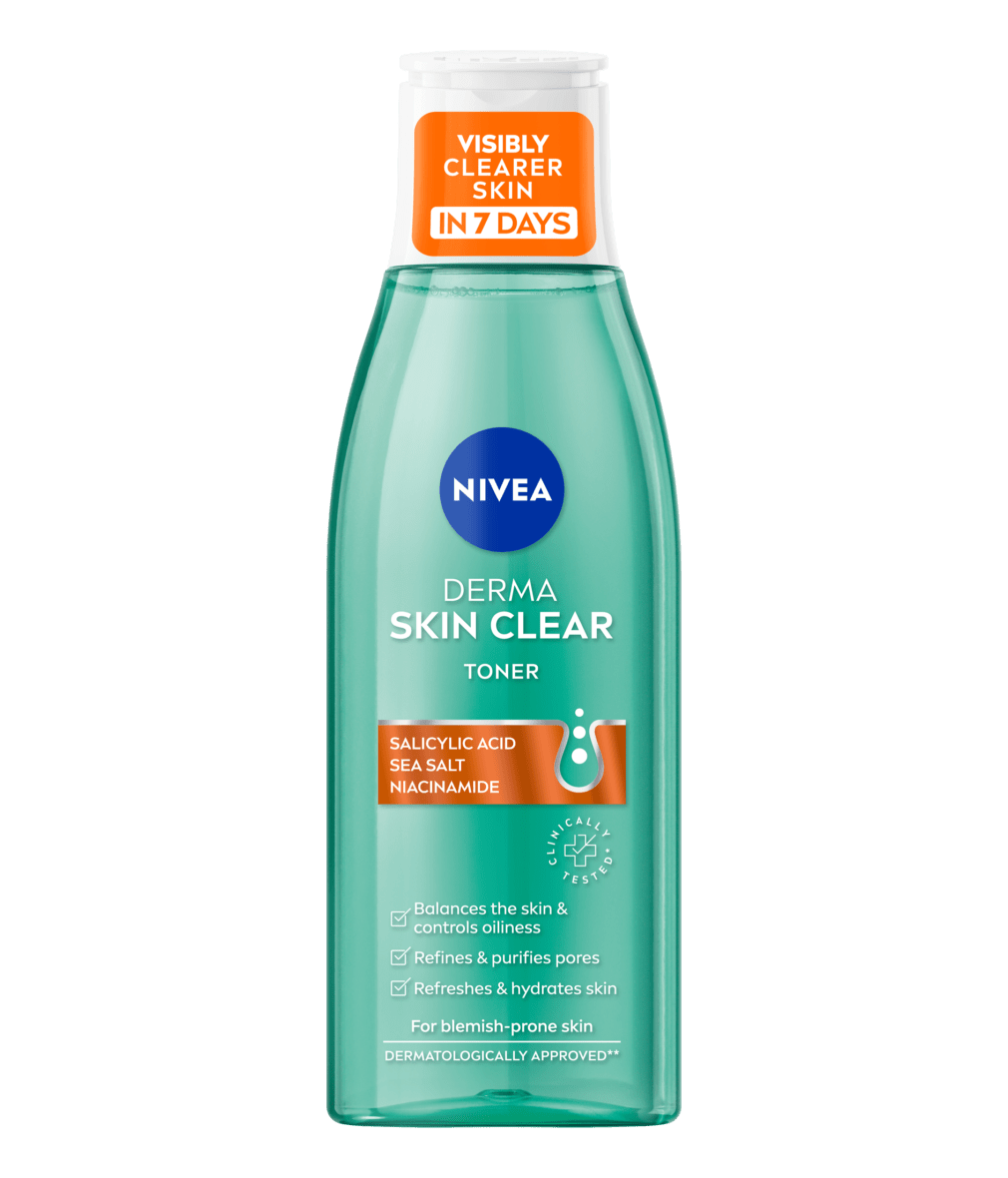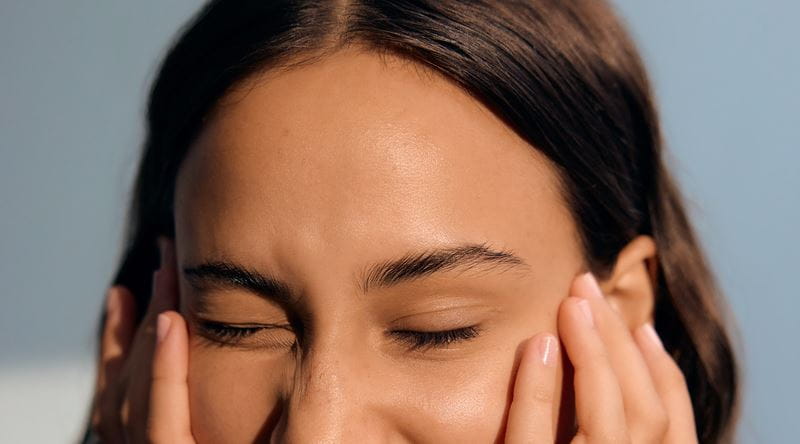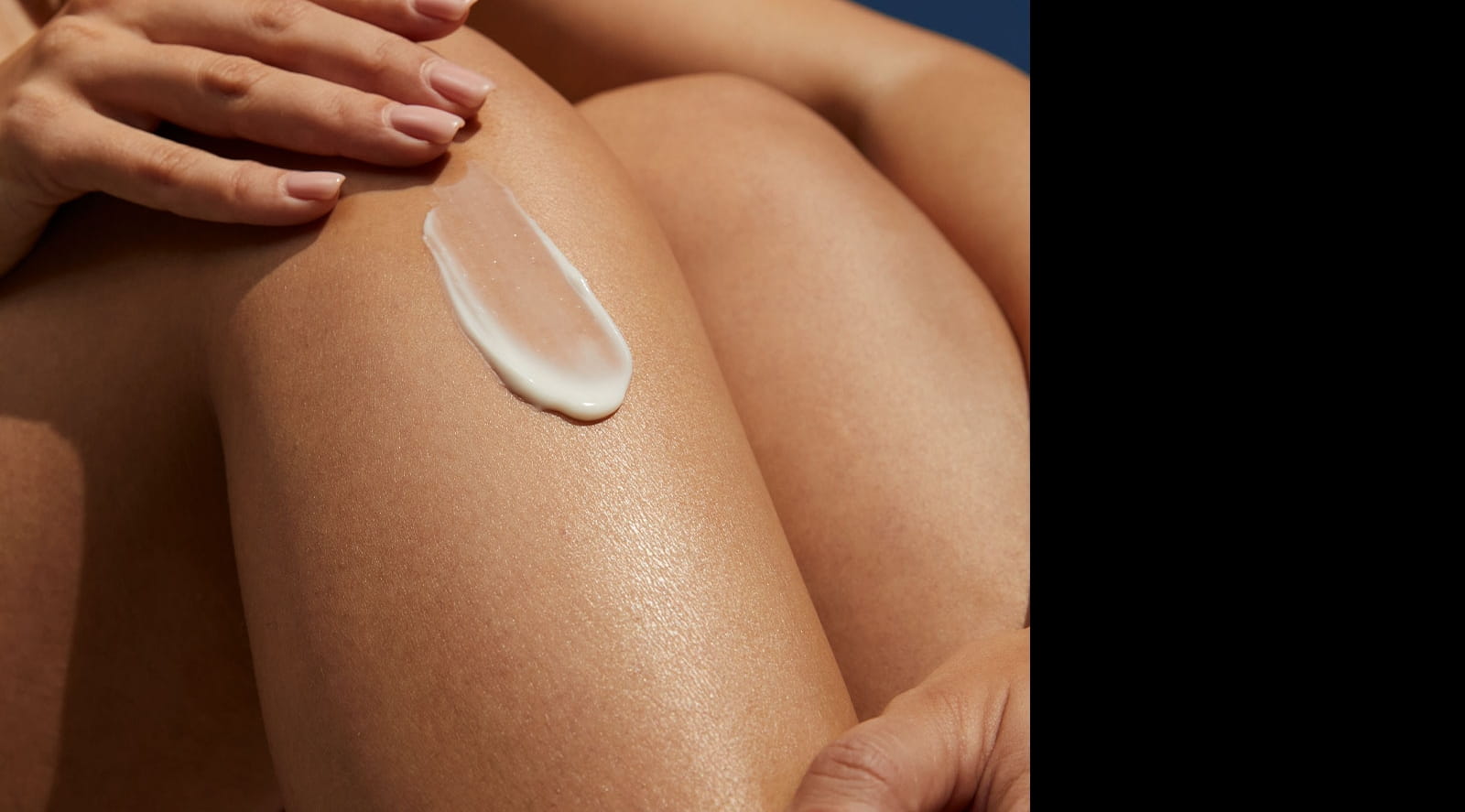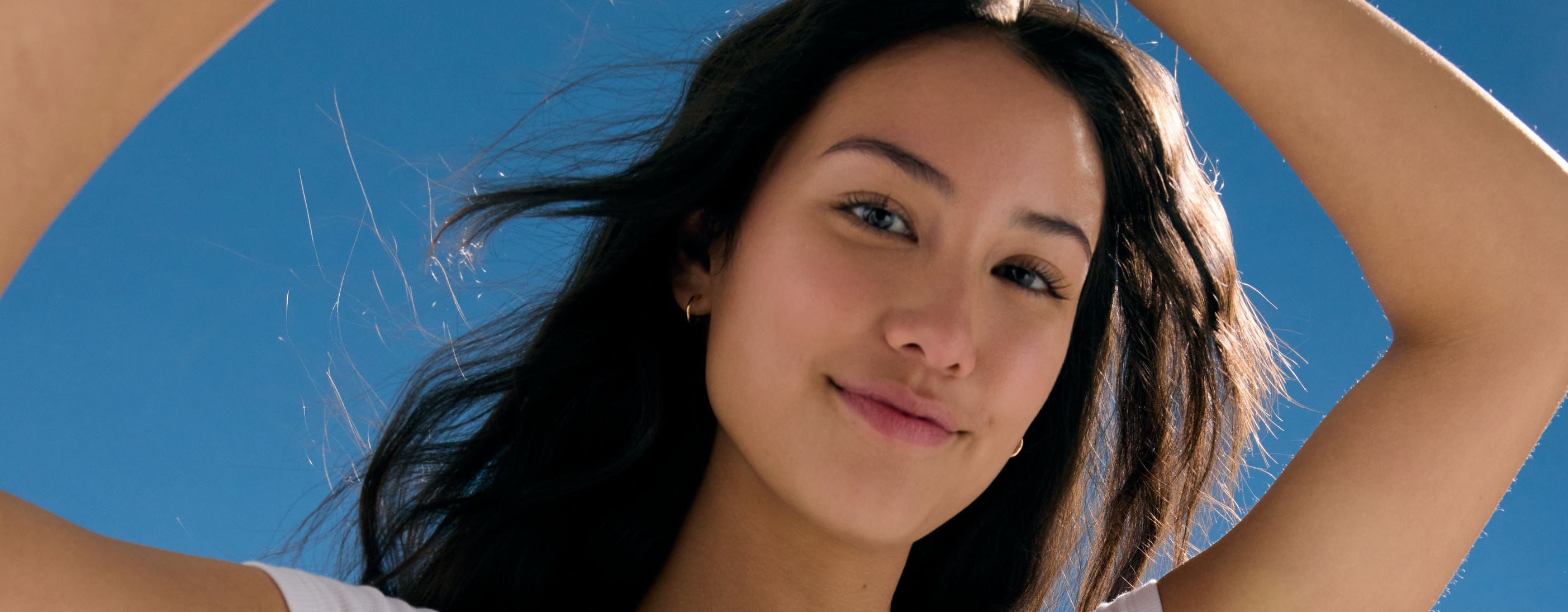
How to get rid of whiteheads?
Find out what whiteheads are, what are their causes and how to treat them.
What are Whiteheads?
Whiteheads, scientifically termed as ‘closed comedones’, are the small bumps that appear on the skin's surface. They are characterised by a closed, white or yellowish centre, often surrounded by red, inflamed skin. Whiteheads have closed pores, trapping sebum, dead skin cells, and bacteria beneath your skin's surface.
This guide will explore what causes them, and most importantly, how to effectively get rid of them. Get ready to unveil the secrets to radiant, blemish-free skin!
This guide will explore what causes them, and most importantly, how to effectively get rid of them. Get ready to unveil the secrets to radiant, blemish-free skin!
Whiteheads are a type of Acne
Acne, a common skin condition, encompasses a spectrum of blemishes that can affect the skin. These blemishes are primarily the result of clogged hair follicles or pores. In general terms, acne is a condition and whiteheads are the symptoms of it.
Whiteheads vs. blackheads: what’s the difference?
Causes of Whiteheads
Whiteheads can develop due to various factors. Here is a list of common causes and contributing factors:
Whiteheads on different parts of the body
Facts Overview
Whiteheads
Skincare routine on how to remove whiteheads:
Home remedies to treat Whiteheads
Summary
Whiteheads are small skin bumps characterised by a closed, white or yellowish centre, often surrounded by red, inflamed skin. They result from clogged pores trapping sebum, dead skin cells, and bacteria beneath the skin's surface.
Whiteheads can appear on various parts of the body, and effective treatment involves a personalised skincare regime, and seeking professional help if necessary. Additionally, proper diet, stress management, adequate sleep, and gentle skin care are essential for skin health. Sun protection is also crucial to prevent whiteheads when exposed to UV rays. Home remedies like Tea Tree oil, Aloe Vera, and Honey-Cinnamon masks may help to fight whiteheads, but caution is advised to avoid skin irritation.
Whiteheads can appear on various parts of the body, and effective treatment involves a personalised skincare regime, and seeking professional help if necessary. Additionally, proper diet, stress management, adequate sleep, and gentle skin care are essential for skin health. Sun protection is also crucial to prevent whiteheads when exposed to UV rays. Home remedies like Tea Tree oil, Aloe Vera, and Honey-Cinnamon masks may help to fight whiteheads, but caution is advised to avoid skin irritation.
